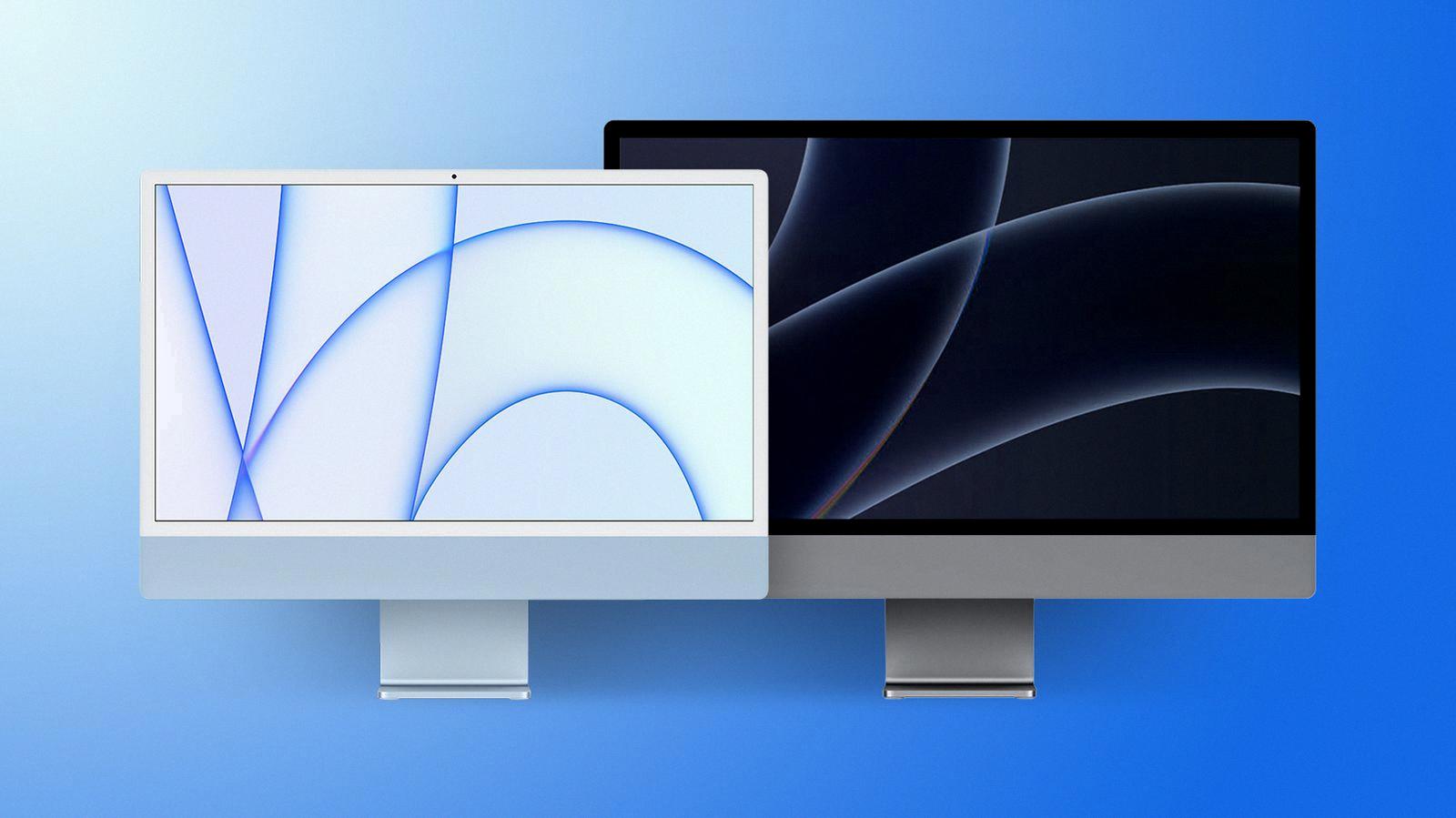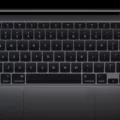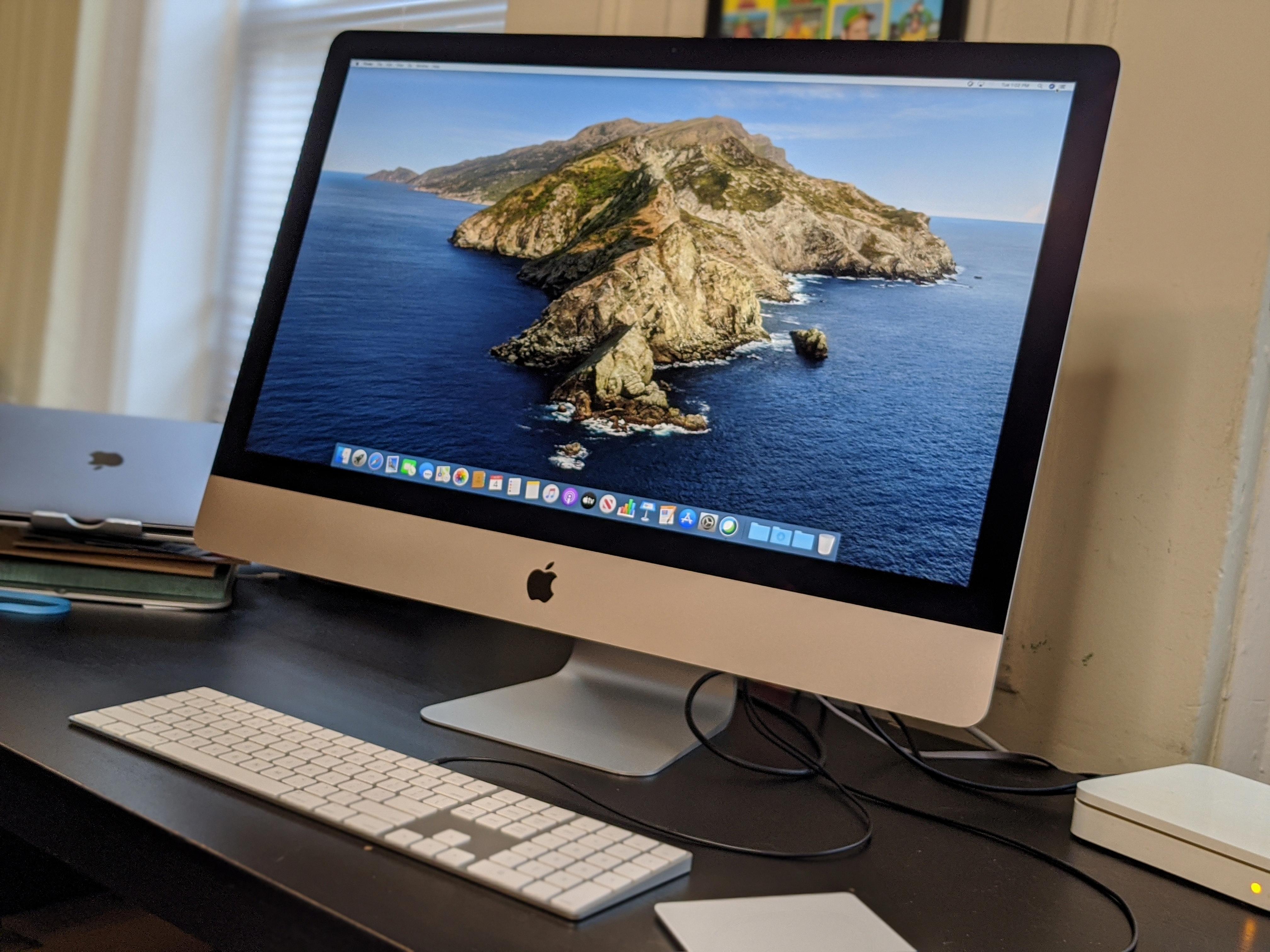Apple’s iMac and iMac Pro have been popular choices for professionals and power users alike, but with the introduction of the M1 chip and subsequent discontinuation of the iMac Pro, many are left wondering which option is best for their needs. In this article, we will explore the differences between the iMac and iMac Pro to help you make an informed decision.
Let’s start with the iMac. The latest iteration of the iMac features Apple’s M1 chip, which delivers impressive performance and power efficiency. The base model comes with an 8-core CPU, 7-core GPU, and 8GB of unified memory. The iMac is available with a 24-inch Retina display, which offers vibrant colors and sharp image quality. The display also supports True Tone technology, which adjusts the color temperature based on the ambient lighting for a more natural viewing experience.
The iMac Pro, on the other hand, was discontinued by Apple after the release of the M1 iMacs. The iMac Pro was targeted towards professionals who needed more processing power and graphics capabilities. It featured Intel processors with up to 18 cores, powerful AMD Radeon Pro graphics, and up to 256GB of RAM. However, the iMac Pro’s hefty price tag of $4,999 made it less accessible for the average consumer.
While the iMac Pro offered more raw power, the M1 iMacs are no slouch either. The M1 chip’s unified architecture allows for seamless integration of CPU, GPU, and other components, resulting in faster and more efficient performance. The M1 iMacs also come with the latest macOS Big Sur, which is optimized for the M1 chip and offers improved performance and security features.
In terms of storage, both the iMac and iMac Pro offer fast and spacious SSD options. The iMac Pro had the advantage of offering more storage options, with capacities up to 8TB. However, the M1 iMacs still offer ample storage options, with configurations ranging from 256GB to 2TB.
When it comes to connectivity, both the iMac and iMac Pro offer Thunderbolt 3 ports, USB-A ports, and an SDXC card slot. The iMac Pro had the advantage of offering more Thunderbolt 3 ports, but the M1 iMacs still offer enough connectivity options for most users.
The iMac and iMac Pro cater to different audiences. The iMac is a powerful and capable machine for most users, offering impressive performance and a stunning Retina display. The iMac Pro, on the other hand, was designed for professionals who require even more processing power and graphics capabilities. However, with the introduction of the M1 chip, the iMac Pro became less relevant and was ultimately discontinued.
Ultimately, the decision between the iMac and iMac Pro depends on your specific needs and budget. If you’re a professional user who requires the utmost power and performance, the iMac Pro may still be a viable option if you can find it. However, for most users, the M1 iMac offers a compelling combination of power, performance, and affordability.

Is A MacBook Pro Better Than An iMac?
When comparing the MacBook Pro to the iMac, it’s important to consider your specific needs and preferences in order to determine which is better for you. Here are some key factors to consider:
1. Portability: If you require a computer that you can easily carry around and use on the go, the MacBook Pro is the better choice. It is designed to be lightweight and compact, making it convenient for travel or working in different locations.
2. Display Size: The iMac offers a larger display compared to the MacBook Pro. If you need a larger screen for tasks such as video editing, graphic design, or multitasking, the iMac’s larger display may be more suitable for you.
3. Performance: Both the MacBook Pro and iMac are powerful machines, but the iMac tends to offer higher performance capabilities. It often has more powerful processors, larger RAM options, and better graphics cards, which can be beneficial for demanding tasks like video editing or gaming.
4. Upgradability: The iMac generally provides more options for upgradability. You can easily upgrade components such as RAM or storage, which allows for future-proofing your machine and extending its lifespan. In contrast, upgrading components on the MacBook Pro is more limited and often requires professional assistance.
5. Connectivity: The iMac typically offers more connectivity options, including multiple USB ports, Thunderbolt ports, and an SD card reader. The MacBook Pro, on the other hand, is more limited in terms of available ports due to its smaller form factor.
The choice between a MacBook Pro and iMac depends on your specific requirements. If portability and versatility are important to you, then the MacBook Pro is a great option. However, if you prioritize a larger display and superior performance, the iMac may be the better choice.
What is The Benefit Of iMac Pro?
The iMac Pro offers a range of benefits for users, particularly those involved in high-end applications that require a lot of processing power. Here are some key advantages:
1. Powerful Performance: The iMac Pro is equipped with top-of-the-line processors, including Intel Xeon processors with up to 18 cores. This means it can handle demanding tasks and applications with ease, making it ideal for professionals working in fields such as video editing, 3D rendering, and scientific simulations.
2. Graphics Processing: In addition to the powerful processors, the iMac Pro also features a high-performance graphics processor, such as the AMD Radeon Pro Vega. This enables smooth rendering of complex graphics and enhances the performance of graphics-intensive applications.
3. Fast Storage: The iMac Pro comes with a built-in solid-state drive (SSD) that offers superfast read and write speeds. This means that data access and application loading times are significantly reduced, resulting in a smoother and more efficient workflow.
4. Upgradable RAM: The iMac Pro has upgradable RAM, allowing users to increase the amount of memory according to their needs. More RAM means the ability to handle more tasks simultaneously and better performance overall. However, it is worth noting that upgrading the RAM in the iMac Pro is more complex compared to the non-Pro iMac, as it requires removing the display.
5. Retina Display: Like other iMacs, the iMac Pro boasts a stunning Retina display, providing vibrant colors, sharp images, and wide viewing angles. This is particularly beneficial for professionals who work with visual content, as it ensures accurate color representation and high-quality visuals.
6. Connectivity: The iMac Pro offers a variety of connectivity options, including Thunderbolt 3 ports, USB 3.0 ports, and Ethernet. This allows for fast data transfer, easy connection to external devices, and seamless integration into existing professional setups.
7. Sleek Design: The iMac Pro features a sleek and stylish design that not only looks great but also minimizes clutter on your workspace. Its all-in-one design combines the computer and display into a single unit, saving space and creating a clean and organized setup.
The iMac Pro provides professionals with a powerful and efficient workstation that can handle demanding tasks and applications. Its combination of high-performance processors, graphics processing, fast storage, and upgradable RAM makes it a valuable tool for those in need of top-notch performance.
Conclusion
The iMac and iMac Pro are both powerful machines that cater to different needs. The iMac Pro, with its higher price tag, was initially designed to meet the demands of professionals requiring maximum performance for high-end applications. However, with the introduction of Apple silicon and the M1 iMac, the iMac Pro became obsolete and was discontinued.
For those seeking a larger display and higher clarity, the iMac is the better choice. It is equipped with Apple’s next-generation M3-branded silicon, offering powerful performance and advanced graphics capabilities. The iMac’s Retina screen supports True Tone technology and has a peak brightness of 500 nits, providing a visually immersive experience.
On the other hand, if portability is a priority, the MacBook Pro would be a more suitable option. It offers a similar Retina display with True Tone technology and a peak brightness of 500 nits. The MacBook Pro is designed for professionals on the go, providing the power and performance needed for demanding tasks in a compact and portable form factor.
Ultimately, both the iMac and MacBook Pro offer impressive performance and stunning displays. The choice between the two depends on individual needs and preferences. Whether it’s the larger screen and power of the iMac or the portability and versatility of the MacBook Pro, Apple provides options to cater to a wide range of professional requirements.








